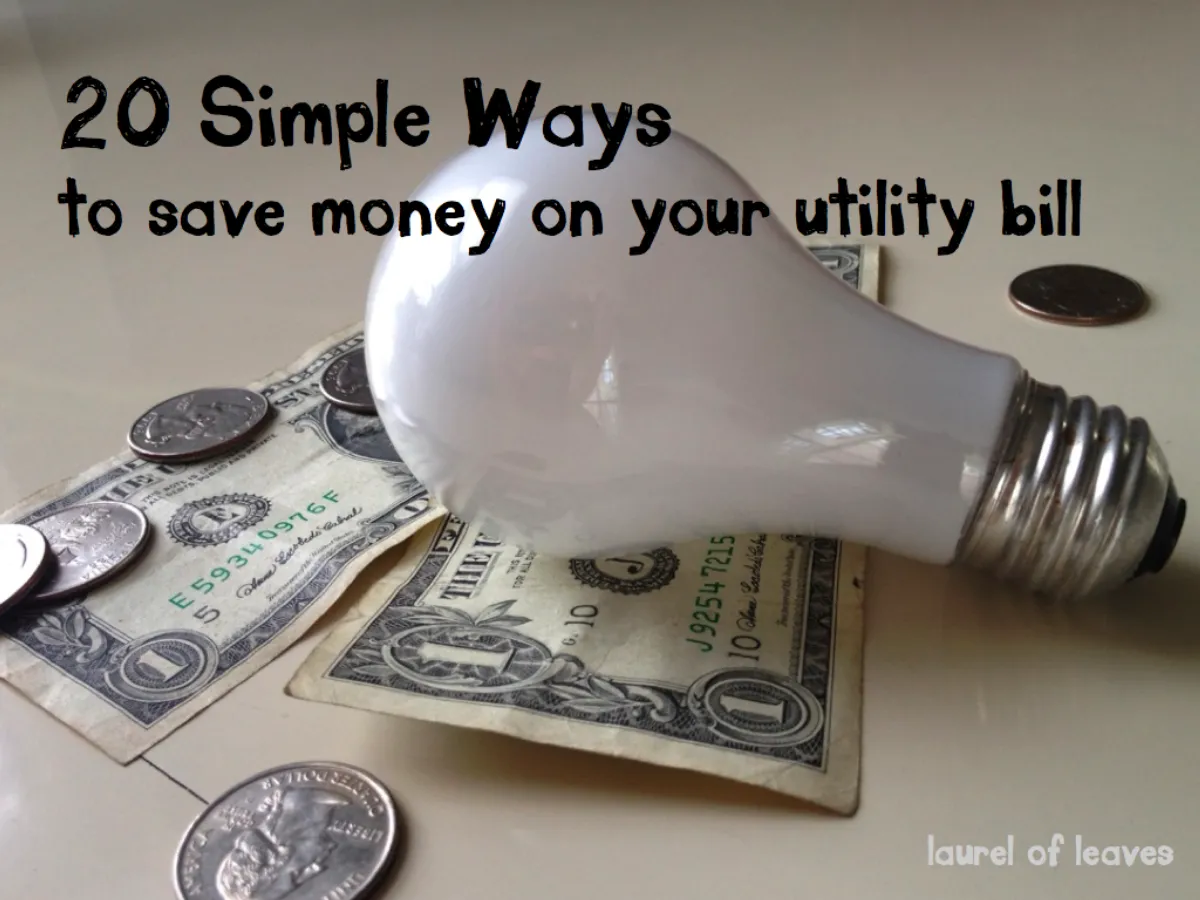Learn practical tips and strategies to save money on your utility bills with our comprehensive guide. Discover simple yet effective ways to reduce energy and water consumption while keeping your costs down.
Understanding Your Utility Bills
The first step to saving money on your utility bills is to understand what you’re paying for. It might seem straightforward – you use electricity, gas, and water, and you get billed for it. However, taking a closer look at your bills can reveal valuable information about your consumption habits and potential areas for savings.
What to Look For:
- Types of Utilities: Your bill will likely include charges for electricity, natural gas, water, and possibly sewage. Some areas might combine services, while others have separate bills for each.
- Usage Units: Familiarize yourself with how your usage is measured. Electricity is typically measured in kilowatt-hours (kWh), natural gas in therms or cubic feet, and water in gallons or cubic feet.
- Billing Period: Note the start and end dates of your billing cycle. This information helps you track your usage and compare bills accurately.
- Usage History: Many utility companies provide graphs or charts showing your usage over time. This visual representation can highlight trends and potential areas for improvement.
- Rate Structure: Understand how your utility company charges for usage. Some companies use a tiered system where the rate increases as you consume more. Others have time-of-use rates, charging higher prices during peak demand periods.
- Additional Charges: Be aware of any fixed fees, taxes, or surcharges added to your bill. These can include administrative costs, delivery fees, or government-mandated programs.
By carefully reviewing your utility bills and understanding the different components, you can gain valuable insights into your consumption patterns. This knowledge forms the foundation for making informed decisions about reducing your energy and water use, ultimately leading to significant savings.
Creating a Utility Budget
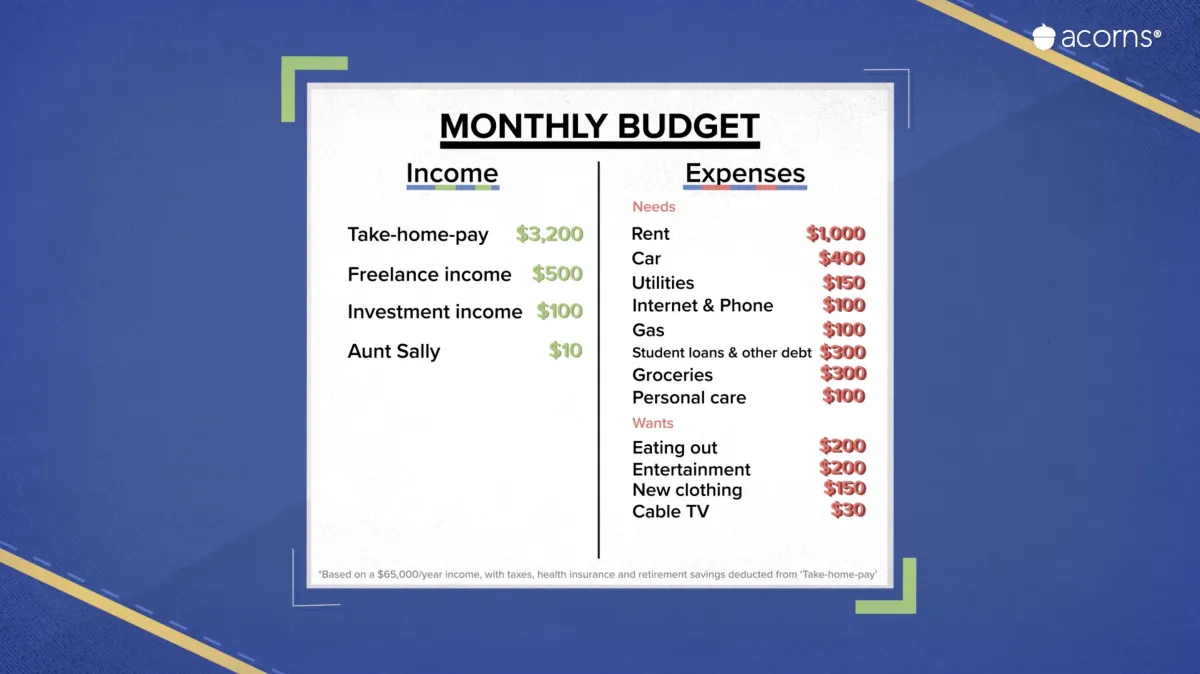
A utility budget is a plan for how much you will spend on utilities each month. This can be a helpful tool for saving money, as it allows you to track your spending and identify areas where you can cut back.
To create a utility budget, you’ll need to first gather information about your past utility usage. Collect your utility bills from the past several months, noting the usage and cost for each month. Having this historical data will help you project future costs more accurately.
Next, identify your average monthly usage for each utility. Consider seasonal variations. For example, your electricity usage might be higher in the summer due to air conditioning.
Once you have a good understanding of your past usage, you can begin to set a budget for each utility. Be realistic in your estimates, factoring in potential rate increases.
Remember that a utility budget isn’t meant to be static. Regularly review and adjust your budget as needed, particularly if your usage habits change or if you experience significant price fluctuations.
Tips for Reducing Energy Costs
Reducing your energy consumption not only saves you money on utility bills but also benefits the environment. Here are some practical tips to lower your energy usage and keep more money in your pocket:
Heating and Cooling
- Adjust your thermostat: Lowering the thermostat by a few degrees in the winter and raising it in the summer can significantly impact your energy bills. Consider programmable thermostats for automated adjustments.
- Seal air leaks: Drafts around windows, doors, and attics can waste a significant amount of energy. Seal these leaks with weatherstripping, caulk, and insulation.
- Maintain your HVAC system: Regular maintenance, including filter changes and annual check-ups, ensures your system runs efficiently, reducing energy waste.
Appliances and Electronics
- Unplug unused electronics: Many devices draw power even when turned off. Unplug chargers, appliances, and electronics when not in use.
- Use energy-efficient appliances: Look for appliances with the Energy Star label, indicating they meet energy-efficiency standards.
- Wash clothes in cold water: Most of the energy used to wash clothes goes towards heating the water. Opt for cold water washes whenever possible.
Lighting
- Switch to LED bulbs: LED bulbs are significantly more energy-efficient than traditional incandescent bulbs and last longer.
- Take advantage of natural light: Open curtains and blinds during the day to maximize natural light and reduce the need for artificial lighting.
- Use timers and sensors: Install timers or motion sensors for outdoor lights and lights in less-used areas to prevent unnecessary energy waste.
Saving on Water Bills
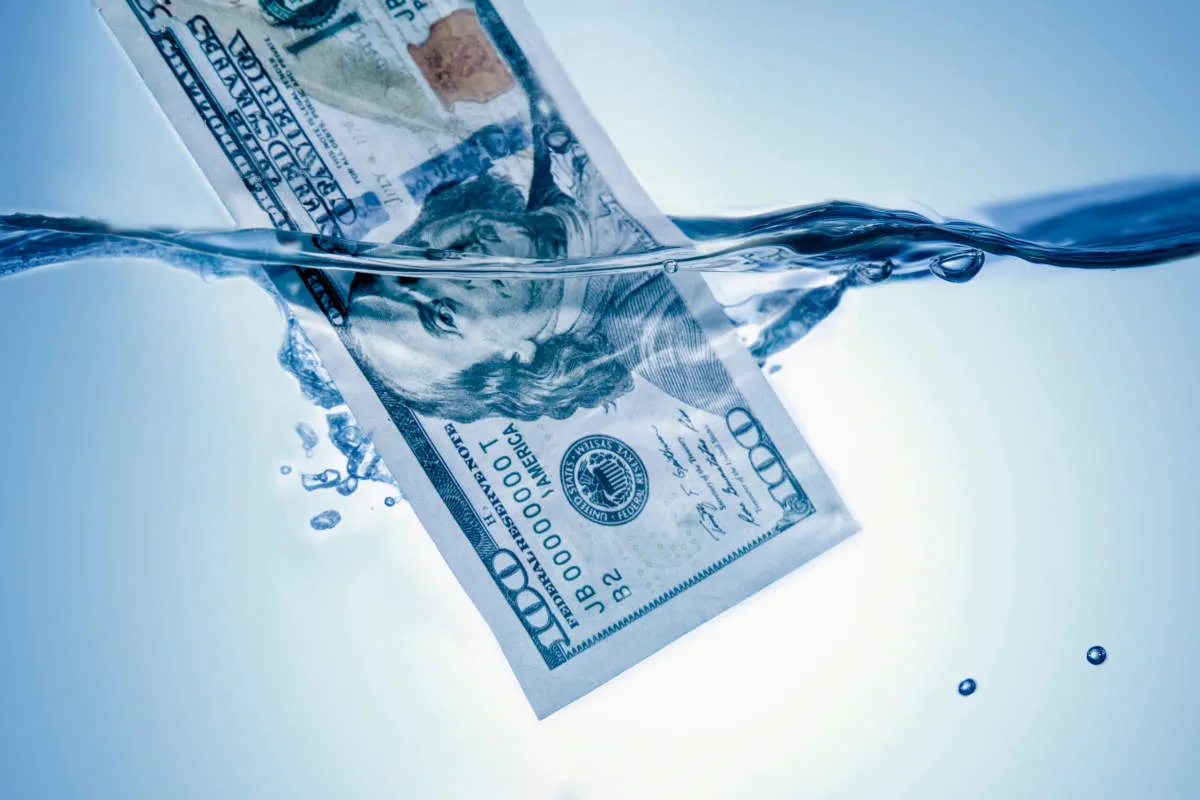
Water bills can be a significant expense, but there are several ways to conserve water and save money each month.
Fix Leaks Promptly
A dripping faucet or running toilet can waste thousands of gallons of water per year. Check for leaks regularly and repair them as soon as possible.
Upgrade to Water-Efficient Appliances
Look for appliances with the WaterSense label, indicating they meet EPA criteria for water efficiency. High-efficiency toilets, washing machines, and dishwashers use significantly less water than older models.
Be Mindful of Water Usage
Simple behavioral changes can make a big difference:
- Take shorter showers.
- Turn off the faucet while brushing your teeth or shaving.
- Run the dishwasher and washing machine only when full.
- Water your lawn efficiently, and consider using a rain barrel to collect rainwater for gardening.
Consider a Low-Flow Showerhead and Faucet Aerators
These inexpensive devices reduce water flow without sacrificing water pressure.
Using Energy-Efficient Appliances
One of the most effective ways to save money on your utility bills is to invest in energy-efficient appliances. Older appliances can be major energy hogs, especially if they haven’t been properly maintained. Here’s what to consider:
Look for the Energy Star Label
When shopping for new appliances, always look for the Energy Star label. This certification indicates that the appliance meets strict energy-efficiency standards set by the U.S. Environmental Protection Agency (EPA). Energy Star appliances use significantly less energy than conventional models, leading to substantial savings on your energy bills over time.
Upgrade Strategically
You don’t have to replace all your appliances at once. Prioritize upgrading appliances that consume the most energy, such as refrigerators, washing machines, and dishwashers. Consider the age and condition of your current appliances to determine which ones would benefit the most from an upgrade.
Understand Appliance Features
Modern energy-efficient appliances often come equipped with advanced features that can further reduce energy consumption. For instance, look for refrigerators with multiple compartments and adjustable temperature controls, washing machines with eco-friendly wash cycles, and dishwashers with soil sensors and delayed start options.
Finding Utility Discounts and Rebates
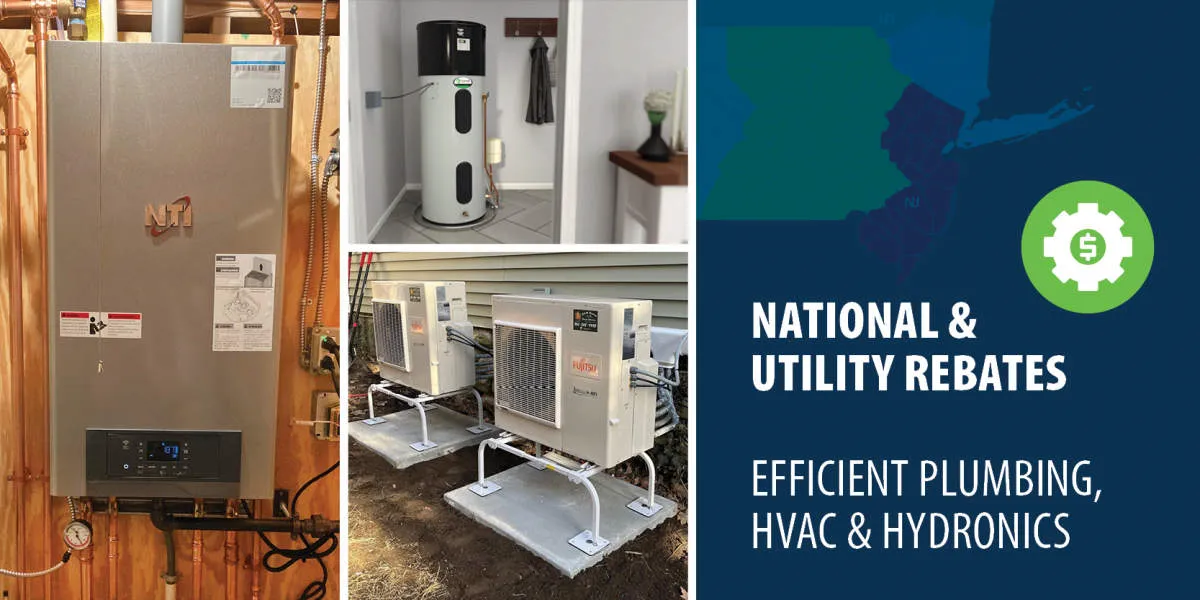
Many utility companies offer discounts and rebates to help customers save money on their bills. These programs are often targeted towards specific groups of people, such as senior citizens, low-income households, or those with disabilities.
To find out if you qualify for any discounts or rebates, you can:
- Contact your utility company directly
- Check their website
- Inquire with your local government or consumer protection agency
Common utility discounts and rebates include:
- Discounts for seniors or customers with disabilities
- Low-income assistance programs
- Rebates for energy-efficient appliances and upgrades
- Discounts for signing up for paperless billing or automatic payments
It’s important to research and stay informed about the available programs in your area, as they can lead to significant savings on your monthly bills.
Tracking Your Utility Spending
The first step to saving money on your utility bills is to understand where your money is going. You can’t identify areas for improvement if you don’t know what you’re already spending. Here’s how to track your utility usage:
1. Gather Your Bills
Collect your utility bills from the past several months. This will give you a clear picture of your spending patterns throughout the year.
2. Create a Spreadsheet or Use a Budgeting App
You can manually track your spending using a spreadsheet or take advantage of budgeting apps designed for this purpose. Input the following information for each bill:
- Billing period
- Total amount due
- Usage for each utility (electricity, gas, water, etc.)
3. Identify Trends and Patterns
Once you have a few months of data, look for trends. Do you notice spikes in usage during certain seasons? Are there any bills that seem unusually high or low? Analyzing this information can help you pinpoint areas where you can reduce consumption.
4. Compare Year-Over-Year
As you track your spending over time, compare your current bills to those from the previous year. This will help you see if your efforts to save money are paying off and identify any areas where your spending has increased.
Staying on Budget
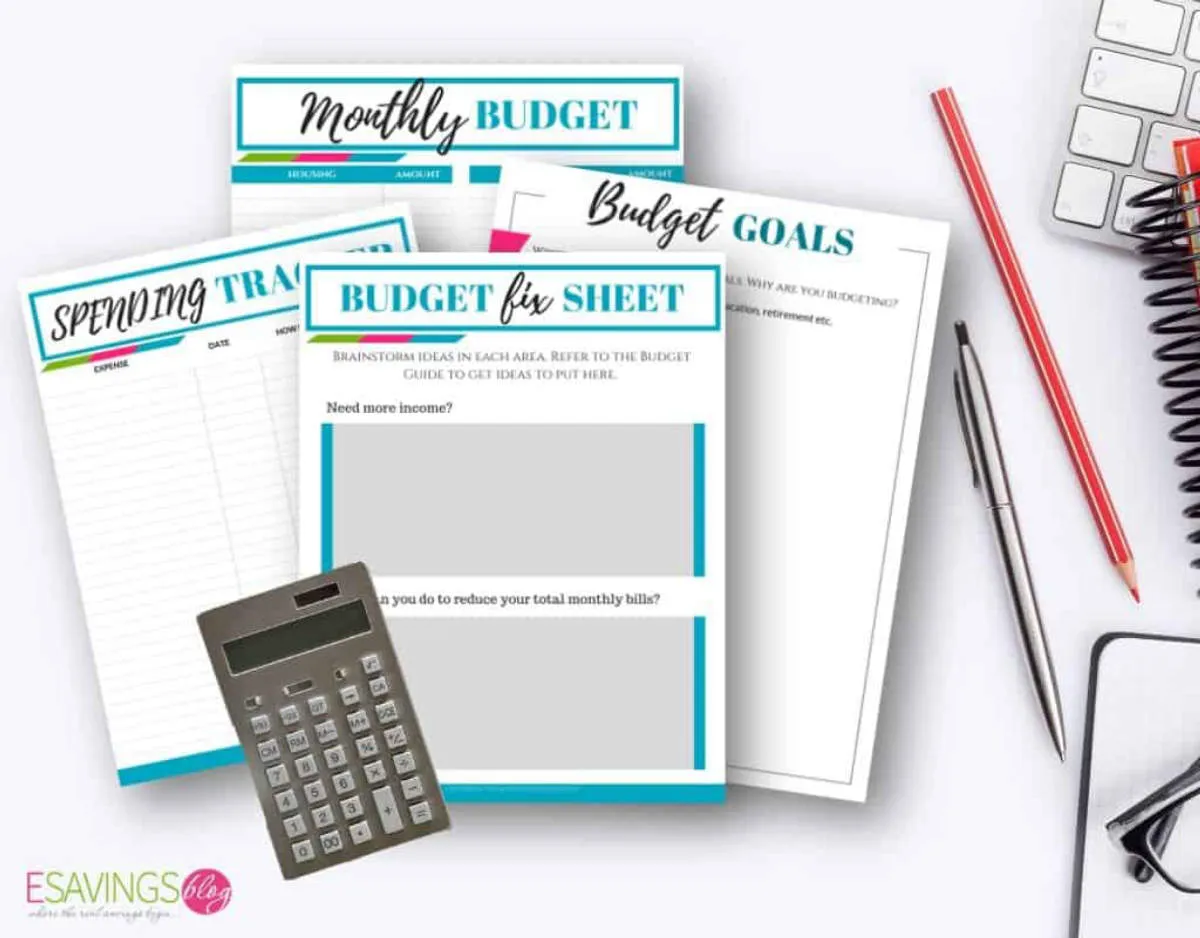
Sticking to a budget for your utility bills is easier said than done. Unexpected weather changes or even lifestyle shifts can lead to higher consumption. Here’s how to stay on track:
Set Realistic Targets:
Don’t set unrealistic goals for reducing your bills. Start by aiming for a 5-10% decrease, then gradually increase it as you find more ways to save.
Track Your Spending:
Most utility companies offer online portals or apps to track your daily/weekly/monthly usage. This helps you identify trends and areas for improvement. Consider using a budgeting app or spreadsheet to monitor all your utility expenses in one place.
Consider Budget Billing:
Some companies offer budget billing plans that average out your yearly usage and charge you a fixed amount each month. This helps avoid price spikes during peak seasons. However, make sure you understand the terms and potential for adjustments.
Build Flexibility:
Your budget should have some wiggle room for unexpected expenses. Life happens, and a small, unplanned increase one month shouldn’t derail your overall budget.
Conclusion
In conclusion, adopting energy-efficient habits and investing in smart technologies are key strategies to save money on utility bills effectively.

